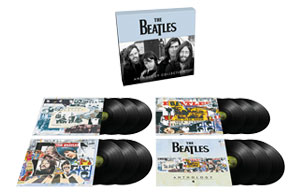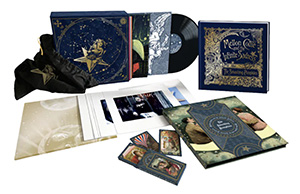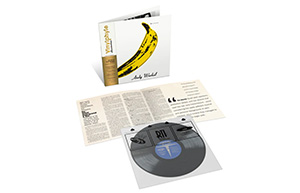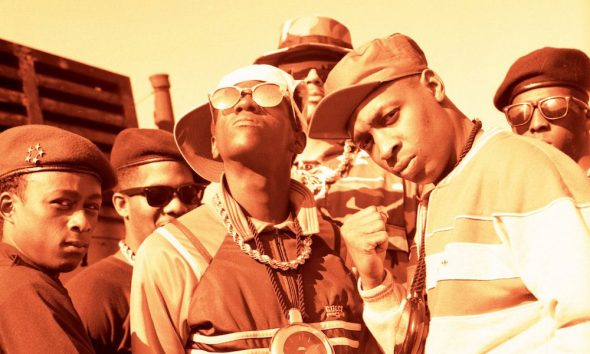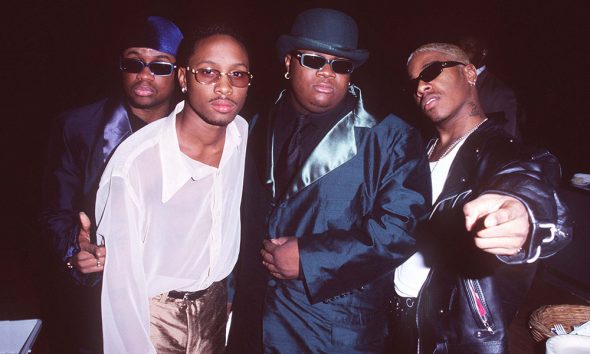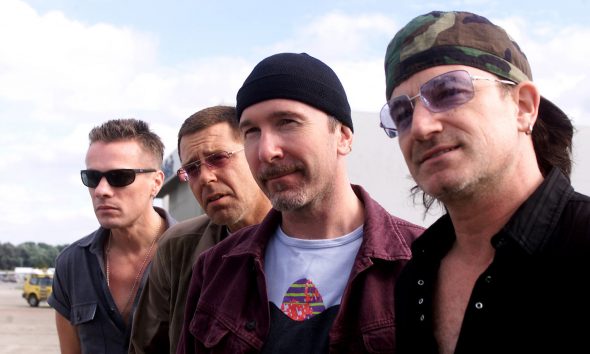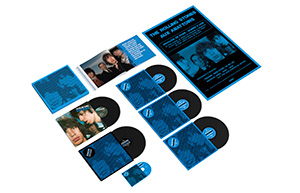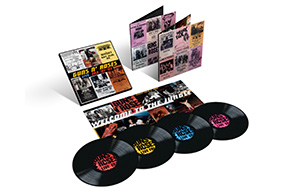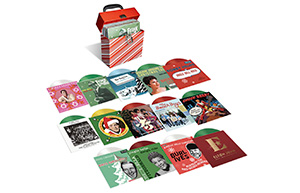Getting Into Frank Zappa? We Can Help!
Finding an entry point into the back catalogue of Frank Zappa can be tricky. This article aims to help you in your journey into his incredible discography.
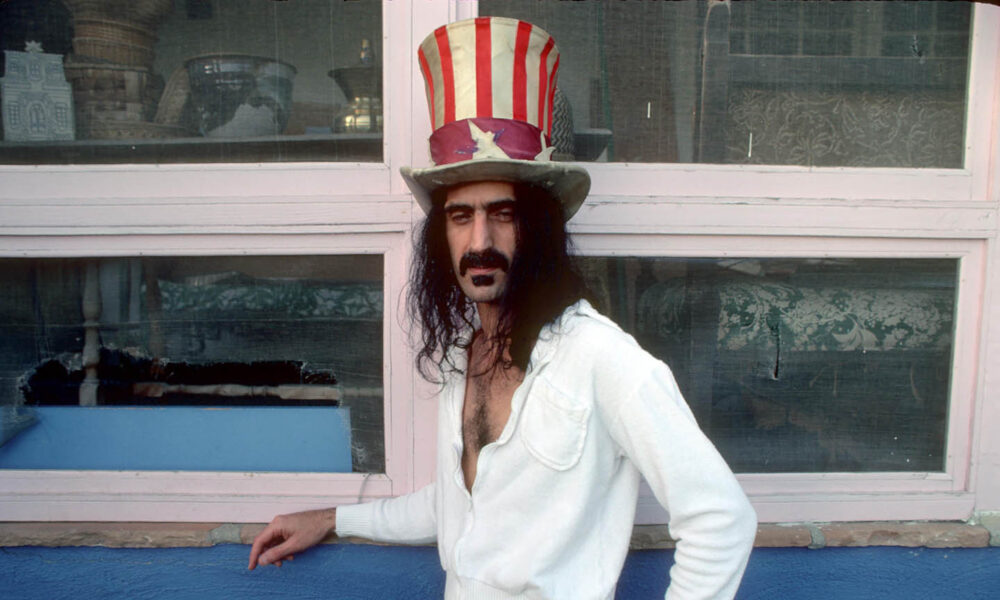
To the uninitiated, finding an entry point into the back catalogue of Frank Zappa can be tricky. With 62 albums released during his lifetime and – including the upcoming release of the 1974 live album/film Cheaper Than Cheep – a further 68 official archival releases since his passing in 1993, the sheer amount of music he made is daunting.
Then there’s his sheer eclecticism – Zappa was capable of flitting between more genres in a single song than some artists manage in their entire careers. Zappa embraced garage rock, psychedelic pop, jazz-fusion, modern classical, blues, audio collage, doo-wop, musique concrète and more, putting his unique spin on everything he did.
While for some artists, there’s a recognized ‘classic’ album that acts as a gateway to the rest of their music, with Zappa it’s not so easy. That’s where this article comes in. We’re here to offer different pathways to various aspects of Frank Zappa’s discography, based on other releases you might already be familiar with.
Buy Frank Zappa’s Cheaper Than Cheep now.
The jams of King Gizzard & The Lizard Wizard
Australian mavericks King Gizzard & The Lizard Wizard could be seen as Frank Zappa’s spiritual heirs, not only for their incredible work-rate (at time of writing they’ve released 27 studio albums since their 2012 debut), but for their fluid approach to genre. But if the awesome jams to be found on their eighth album, 2016’s Nonagon Infinity – including the thrilling psych-rock of “Evil Death Roll” and the wild riffage of “Gamma Knife” – is the King Gizzard that really floats your boat, you’ll find plenty to love on the latest Zappa archive release, Cheaper Than Cheep. Recorded for a TV special but abandoned after technological difficulties, Cheaper Than Cheep is a full-length concert featuring some of Zappa’s most accomplished musical sidekicks – the band really stretch out on scintillating versions of Apostrophe’s “Cosmik Debris,” Freak Out!’s “More Trouble Every Day” and the jam to end all jams, “Inca Roads,” originally from One Size Fits All.
The jazz fusion of Pat Metheny
Recorded when he was just 21, jazz guitarist and composer Pat Meheny’s debut as band leader, 1976’s Bright Size Life was a landmark album that pointed the way forward for jazz-fusion. Metheny was accompanied on the session by future Joni Mitchell and Weather Report bassist Jaco Pastorius and drummer Bob Moses (Larry Coryell, Roland Kirk), creating a pioneering blend of Metheny’s delicate and exploratory playing, the lithe funkiness of Pastorius, and Moses’ creative cymbal work. Though Zappa could be publicly disparaging about jazz, much of his work – particularly in the early ’70s – had all the hallmarks of jazz and many of his players (Jean-Luc Ponty, George Duke, Chester Thompson) were fluent in fusion. Though Hot Rats and The Grand Wazoo are both contenders, Zappa’s deepest dive into jazz-fusion waters came with Waka/Jawaka (1972).
The humor of Primus
Since emerging in late ’80s from thrash metal roots, Primus have – much like Zappa before them – have carved out a unique place for themselves. Early albums saw them flirt with funk-metal, before they embraced their inner weirdness with a zany, anything-goes approach to music, led by Les Claypool’s virtuosic slap bass playing. Their lyrics and aesthetic were just as idiosyncratic, full of shaggy dog tales and bizarre imagery. Their sense of humor is an acquired taste – see “Bob’s Party Time Lounge” from 1995’s Brown Album for example – but like Zappa, an integral part of their appeal. For the title of his 1986 live album Zappa famously asked Does Humor Belong In Music? – a rhetorical question as he’d proved many times over that it certainly belonged in his. For a taste of Zappa’s humor, Halloween 73 showcases the macabre weirdness that underpinned so much of his music.
The art rock of The Velvet Underground
In 1994, a year after Frank Zappa died of prostate cancer, he was inducted into the Rock & Roll Hall Of Fame by Lou Reed. “It’s very rare in life to know someone who affects things, changes in a positive way,” Reed said. “Frank Zappa was such a person, and of the many regrets I have in life, not knowing him better is one of them.” But back in the ’60s, when both the Mothers Of Invention and The Velvet Underground were signed to Verve Records, the two groups were rivals. Their feud began when they played together at LA venue The Trip in May 1966 and Zappa – amused by the Velvets’ trendy image and disapproving of their taste for narcotics – declared from the stage, “These guys suck!” The Velvets were also furious when Verve prioritized the Mothers’ debut album Freak Out! over theirs, meaning The Velvet Underground & Nico was delayed for a year. But the two acts had plenty in common – both Reed and Zappa were reared on garage rock (“Louie Louie” was a Mothers live staple and a huge influence on early Velvets), they both worked in advertising, and each of them made groundbreaking art rock that would influence future generations. And legend has it that Zappa suggested the sound effects at the climax of “The Gift” from the Velvets’ 1968 album, White Light/White Heat, inspiring Lou Reed to take a wrench to a cantaloupe, which adds up, considering his time in the early ’60s working on horror soundtracks. Musically too, they shared common ground – the Mothers’ takes on “King Kong,” “Plastic People” and “Khaki Sack” captured on the live album Whisky A Go Go 1968 show that Zappa’s band could conjure up the raw and raucous energy of the Velvets.
The outspoken lyrics of Public Enemy
Public Enemy’s second album, 1998’s It Takes A Nation Of Millions To Hold Us Back, saw leader Chuck D rail against the ills of society. “Bring The Noise” took aim at political corruption, “Don’t Believe The Hype” called out the media, and “She Watch Channel Zero?!” hit out at junk TV, but every track had a message and barely a line was wasted. In Chuck D, Public Enemy had an outspoken frontman with an acute sense of the problems that plagued America. Three decades previously, Zappa and the Mothers released We’re Only In It For The Money, an album that established him as an outspoken and critical voice to be reckoned with. Like Chuck, Zappa didn’t hold back, especially on the unsettling “Concentration Moon,” in which Zappa imagines a US in which the marginalized are taken to camps in buses.
The psychedelic pop of The Beach Boys
Artists grew up quickly in the ’60s. The Beach Boys scored their first national hit in March 1963 with “Surfin’ USA,” establishing them as America’s favorite clean-cut teen heartthrobs. Just over three years later, their leader Brian Wilson had ditched the Pendleton shirt, ‘turned on’ to the counter-culture and mind-expanding hallucinogens and was working with former Mother Of Invention, lyricist Van Dyke Parks on an ambitious and doomed song cycle exploring Americana, humor and nature called Smile. That album was abandoned, but in its wake came the pared-back psychedelic pop of Smiley Smile, one of the weirdest albums ever released by a major act at the height of their fame. Though Zappa wouldn’t have approved of the stoned atmosphere that pervaded on Smiley Smile, “Vegetables,” “She’s Goin’ Bald” and “Fall Breaks And Back To Winter” were strange feats of imagination on a par with Mothers singles such as “Mother People” and “Call Any Vegetable.” The 2017 compilation 1967 – Sunshine Tomorrow collects The Beach Boys’ previously unreleased post-Smile recordings and is the perfect companion piece to Mothermania, a set of the Mothers’ early singles.
The ambitious suites of The Who
Recorded in December 1968, The Rolling Stones’ Rock And Roll Circus was supposed to be a spectacular TV special showcasing the greatest rock’n’roll bands in the world, with Mick Jagger as the circus ringmaster. When the Stones saw the footage they shelved it and the film wasn’t released commercially until 1996. Rumoured reasons for the cancellation included concerns over the Stones’ performance, the condition of Stones’ guitarist Brian Jones and worries that The Who’s performance of their mini opera “A Quick One While He’s Away” stole the show. Watching today, it’s easy to see why the Stones might’ve been concerned by their rivals – following an a cappella intro, The Who blast through the song’s movements with an energy and wild musicality that none of the other groups could match. It’s the perfect example of guitarist and songwriter Pete Townshend’s ambition to match the excitement of rock’n’roll with the storytelling of opera – he’d later go even further with the classic albums Tommy and Quadrophenia. If The Who’s extended narratives set to groundbreaking music are your thing, check out Zappa’s surreal and theatrical “Billy The Mountain” (especially the 30-minute-plus live versions on The Mothers 1971) and Studio Tan’s epic tale of an enterprising young pig-like creature “The Adventures Of Greggery Peccary.”
The ambient soundtrack music of Brian Eno
Though Zappa might’ve rejected the idea that any of his work would be deemed ambient music, thanks to his dislike of music being treated as ‘background noise’, the best ambient music is so much more than that. Brian Eno’s soundtrack to RAMS, a 2018 documentary about the German designer Deiter Rams, is a case in point, especially “Design As Reduction” – electronic timbres soothe and surprise throughout, while rhythmic glitches and synth patterns take the listener on a vivid sonic journey. The same could be said of Zappa’s Feeding The Monkeys At Ma Maison, a 1986 album of instrumental compositions using the Synclavier released in 2011, in particular its 20-minute title track. While nobody would file it under ‘easy listening,’ “Feeding The Monkies At Ma Masion” has passages of sparse beauty that will surprise lovers of ambient music and modern electronica who wouldn’t expect Zappa to have ever made anything quite like this.
The sound collage of Pierre Henry
Zappa didn’t think about music in the same way as his peers. To him, everything he did – his albums, live shows, album covers, videos, and even interviews – was all part of the same work, which he called his “Project/Object.” Fittingly, he was always recording, whether in the studio or on the road. Ahmet Zappa told this writer last year that one of his treasured possessions is a cassette tape his father made for him while walking around the family garden. Zappa was as interested in the use of sound as songwriting – as shown on his groundbreaking album Uncle Meat, an audio collage that stitches together Zappa’s music with snatches of dialogue and live tracks. Fans of French composer Pierre Henry, a key figure in the development of electroacoustic and electronic music, will find much to love about Uncle Meat. And Henry’s track “Psyché Rock” was the basis for the theme tune to Simpsons creator and Zappa obsessive Matt Groening’s Futurama – everything is connected, as they say.
Classic doo-wop
Zappa was raised on doo-wop and his deep love for R&B vocal harmonies never left him. He told Melody Maker in 1978 that it was, “some of the most adventurous diatonic music that has ever been written… the quintet vocal harmony of the 50s – it’s frightening what’s going on in there.” His most fully formed tribute to the groups that soundtracked his youth came with 1968’s Cruisin’ With Ruben & The Jets, an entire album dedicated to the genre that featured some of the composer’s most perfect pop moments. Anybody who has felt their heartstrings tugged by the ’50s nostalgia of 41 Original Hits From The Soundtrack of American Graffiti will love Zappa’s lovingly observed pastiche to the music that moved him as a teenager.






